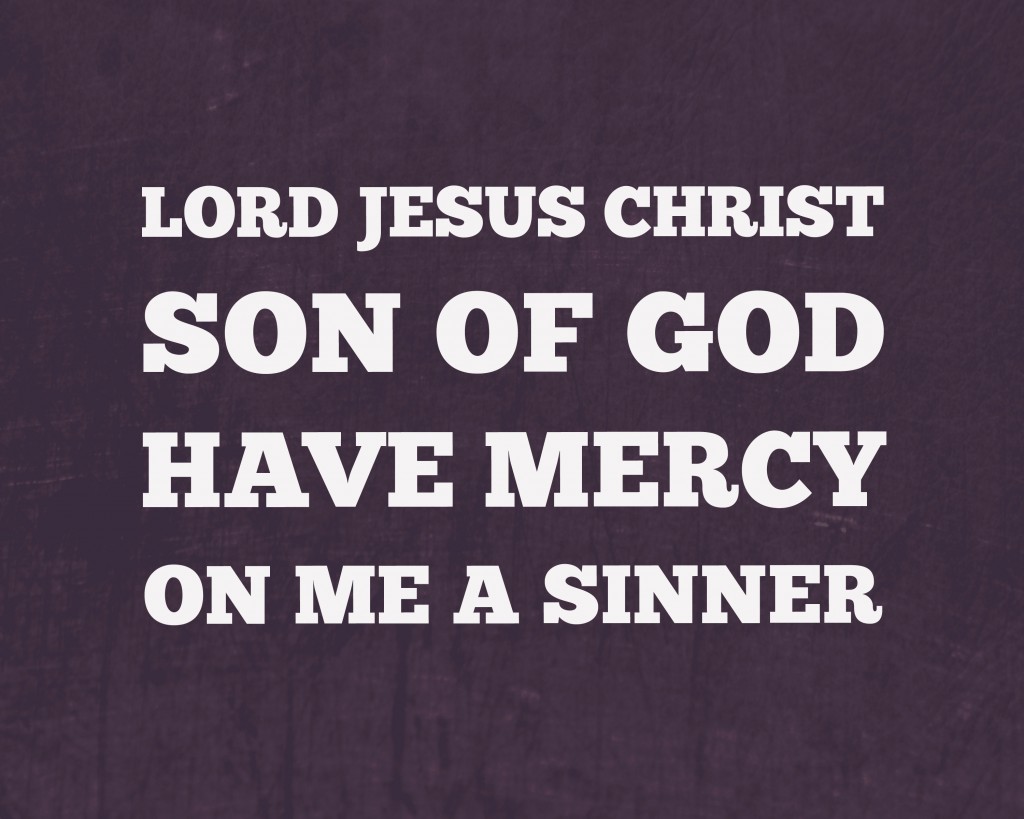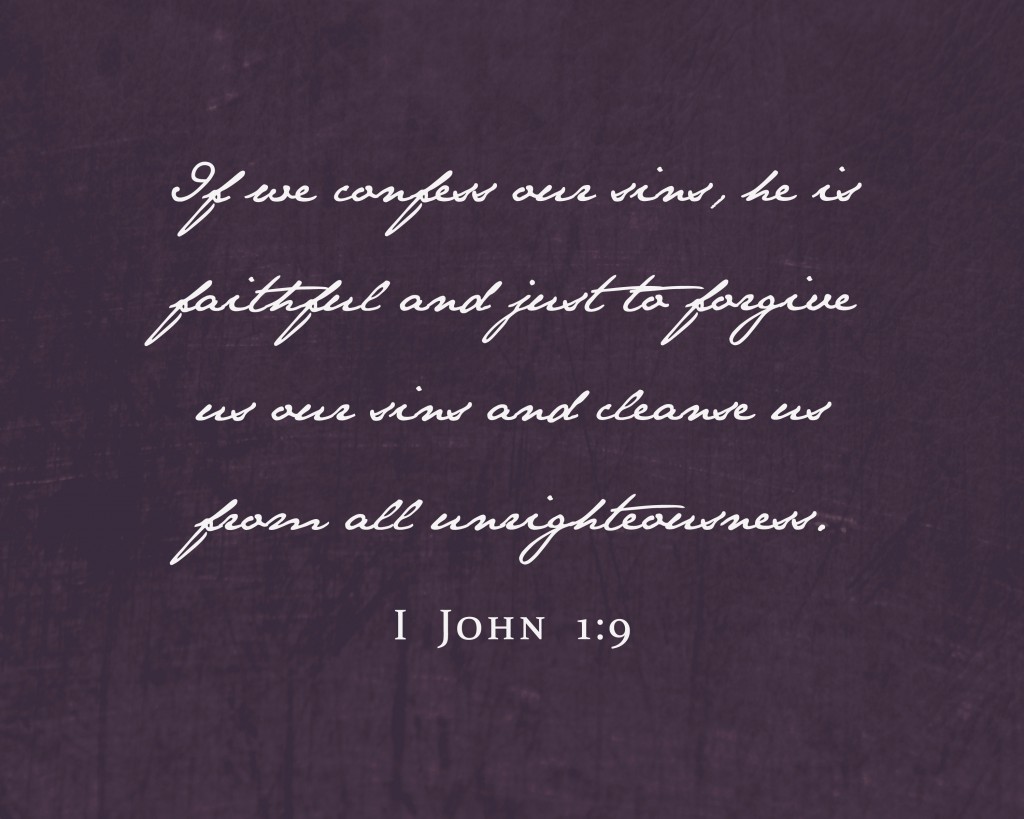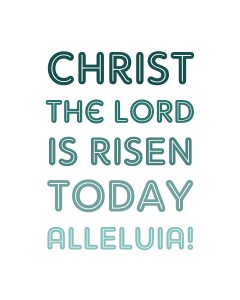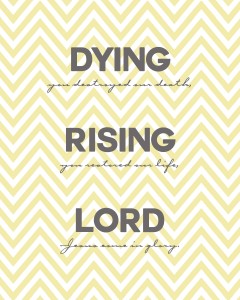A Continuing Series on Celebrating the Church Year.
Lent is a season of repentance in preparation for Easter, which begins Ash Wednesday (February 22nd in 2012) and continues to Holy Week. It has been marked traditionally by fasting, prayer and acts of charity. In Lent, we reflect on such questions as: what routine sins are estranging me from God and other people? In what ways has my heart grown cold to the gospel? What idols of my heart are distorting my love for God?
Because the Lenten season is more somber in tone, it can be hard to know how to observe it at home with children. This post is a collection of ideas, certainly not a prescriptive list we are doing in full this year (or any year!) I’d love to hear what you’ve done in the past or plan to do in the future.
PREPARING FOR LENT
Shrove Tuesday, or Mardi Gras, is the day preceding Ash Wednesday. Traditionally, people used up butter, eggs, sugar and other things they might be giving up for Lent by making pancakes. I am planning to make these gingerbread pancakes to eat as we talk about our plans for Lent over dinner.
For me, Ash Wednesday services set the tone for Lent, the liturgy is powerful. They tend to have short homilies that are child-friendly at the Episcopal and Anglican parishes we’ve visited, and we’ve always felt very welcome even with wiggly toddlers or noisy babies. Sometimes less-liturgical churches will have Ash Wednesday services without the imposition of ashes, if you like the idea but not the ashes.
DURING LENT ITSELF
Make a commitment to confess your sins together as a family. With smaller children, this would be done orally, but you could write them out if you have teens and feel that would work better.
Memorize one of the Psalms of repentance that are traditional to the season of Lent: 6, 32, 38, 51, 102, 130 or 143.
Use prayers of confession like the familiar general confession from the episcopal church or this one from St. Ambrose at home.
After confession, you can foreshadow Easter by using hopeful affirmations of assurance of pardon and union with Christ, like this one from the Syrian Orthodox tradition: “How fair and lovely is the hope which the Lord gave to the dead when he lay down like them beside them. Rise up and come forth and sing praise to Him who has raised you from destruction.”
Fast from something: dessert, TV or another distraction. Perhaps introduce a few meatless days into your meal rotation. Don’t forget that Sundays are for feasting and remembering a resurrected Christ, even during lent. Break your fast and enjoy whatever you’ve given up.
Use meditative, breath prayers like: Lord Jesus Christ, Son of God, have mercy on me, a sinner.
Read scripture! You can use the lectionary to guide scripture reading as a family. Decide how much time you can spend daily and plan accordingly (e.g. one psalm, the OT and the gospel.) If that’s too much, just read through one of the gospels together. If you aim to finish before holy week, you’d end up needing to read less than a chapter a day.
Pray throughout the day. You could make a commitment to the daily Morning, Evening and Night prayers (with the daily lectionary readings) from the Book of Common Prayer or use a resource like Phyllis Tickle’s The Divine Hours .
.
Learn the verses of a hymn of confession you sing in church. “Nothing But the Blood” is particularly good for pre-readers.
Here’s a playlist on Spotify of appropriate songs for lent.
Contemplate acts of service you can do as a family or individually. Consider giving to a ministry that serves the poor by freeing up money you might have spent on something else.
Make pretzels, a traditional lenten bread and reminder to pray.
Remind yourselves of how lent is a time of growth by planting seeds for your spring garden. Starting seedlings depends on your climate, germination times, etc. But it could line up well to plant the week after Easter if you don’t live in the frigid north.
Simplify your schedule or your possessions. Clear out things you don’t need, and give them to a local thrift store.
Do a devotional together. Noel Piper’s Lenten Lights is a weekly devotional that includes a candle component, we’ve not used it but it may be a good fit if you have smaller children and don’t want to make a daily commitment. If you have teens, Henri Nouwen’s Show Me the Way is a classic. Bread and Wine is a collection of readings from great writers for Lent and Easter. City Church, Philadelphia (PCA) has a good guide with scripture readings and prayer for each day during lent.
I made a few printables, for those of you who like to rotate seasonal decor with the church calendar. (If you click on them, they will open large enough to print at 8×10.)









